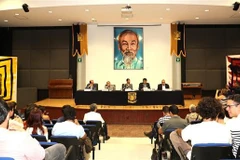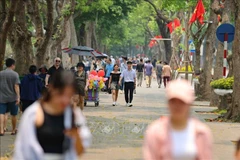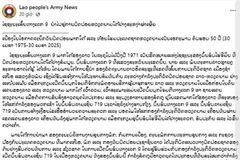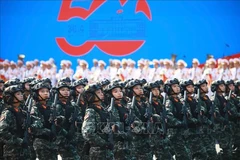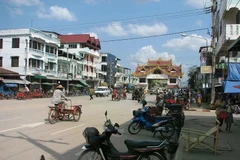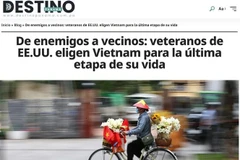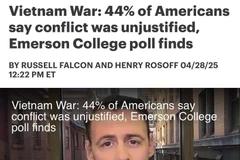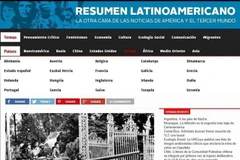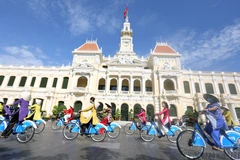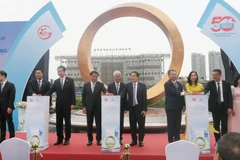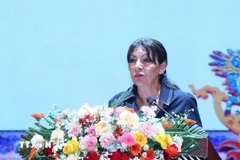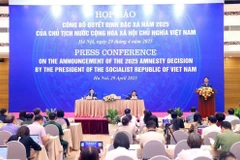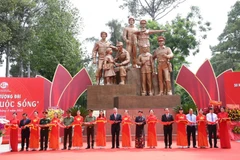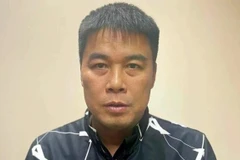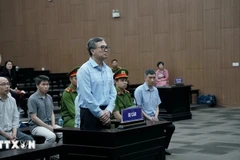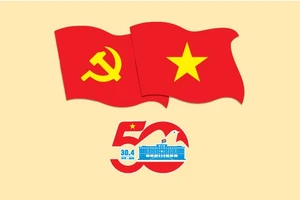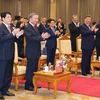At apress conference in Hanoi on April 22, the steering committee officealso reported that a series of projects are underway to detoxifydioxin-contaminated land areas.
Nearly 7,500 cu.m.of dioxin-contaminated soil in Phu Cat airport have been removed and putin a closed landfill, while an ongoing project at Da Nang Airportfunded by the US government is expected to be completed in 2016,said the office.
Le Ke Son, Director of theSteering Committee 33 Office, said that the AO issue has received muchattention of the mass media and the domestic and international publicover the past 40 years, due to the severe consequences on humans as wellas the environment.
The Prime Minister last Juneapproved a national plan of actions on overcoming AO/dioxin consequencesin Vietnam until 2015 with a vision to 2020. A State-level researchproject has also been launched to clarify the harmful effects of dioxinand seek solutions to its consequences.
ViceCountry Director of the United Nations Development Programme (UNDP) inVietnam Bakhodir Burkhanov stressed the importance of providing full andtimely information on the contamination situation, ways ofcontamination as well as efforts of solving the issue. Such informationwill raise people’s awareness on the issue, thus, equipping themselveswith concrete measures to prevent the dioxin contamination.
The information also helps the government of Vietnam and itsdevelopment partners to join hands to minimise after-effects ofAO/dioxin, the UNDP official added.
From1961-1971, US troops sprayed more than 80 million litres of herbicides -44 million litres of which were AO that contained nearly 370kg ofdioxin - over southern Vietnam.
As a result, around3.5–4 million Vietnamese people were exposed to AO/dioxin. Many ofthe victims have died, while millions of their descendants are livingwith deformities and diseases due to the effects of AO.
The Aspen Institute, a partner in the Vietnam-US Dialogue Group onAgent Orange/Dioxin, estimates that Vietnam needs around 410 million USDto deal with the consequences of the toxic dioxin in the 2012–2017period.-VNA
